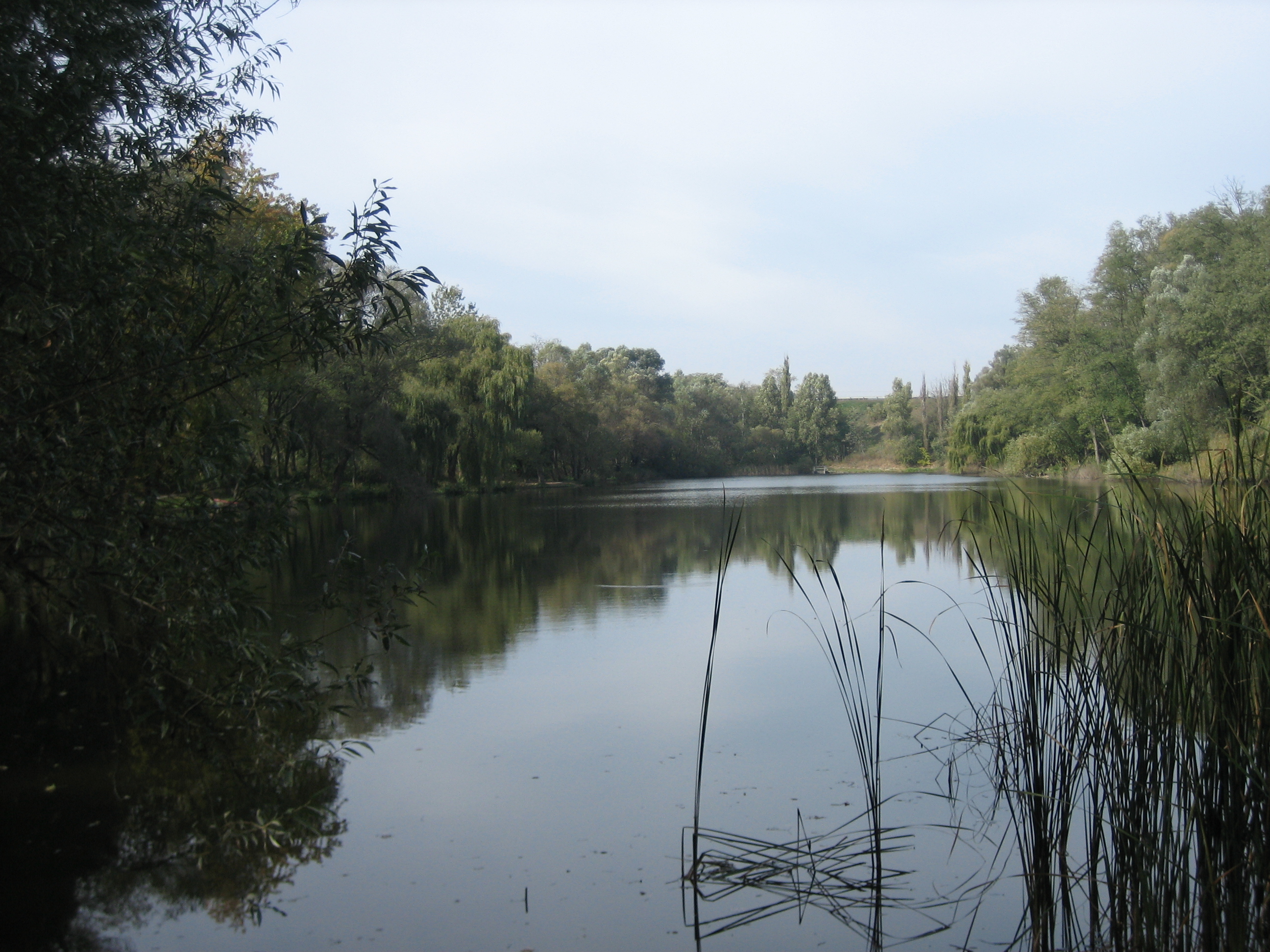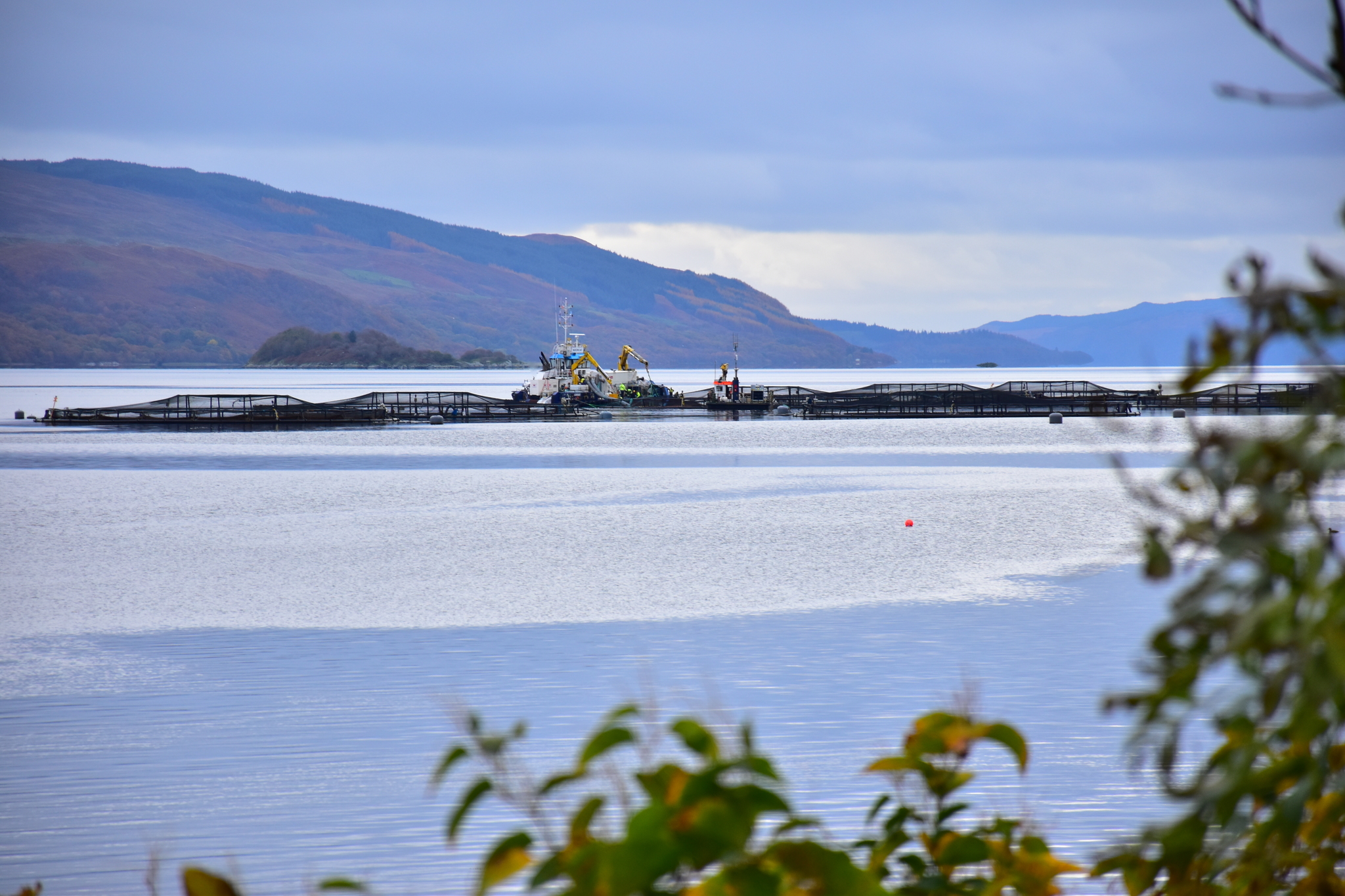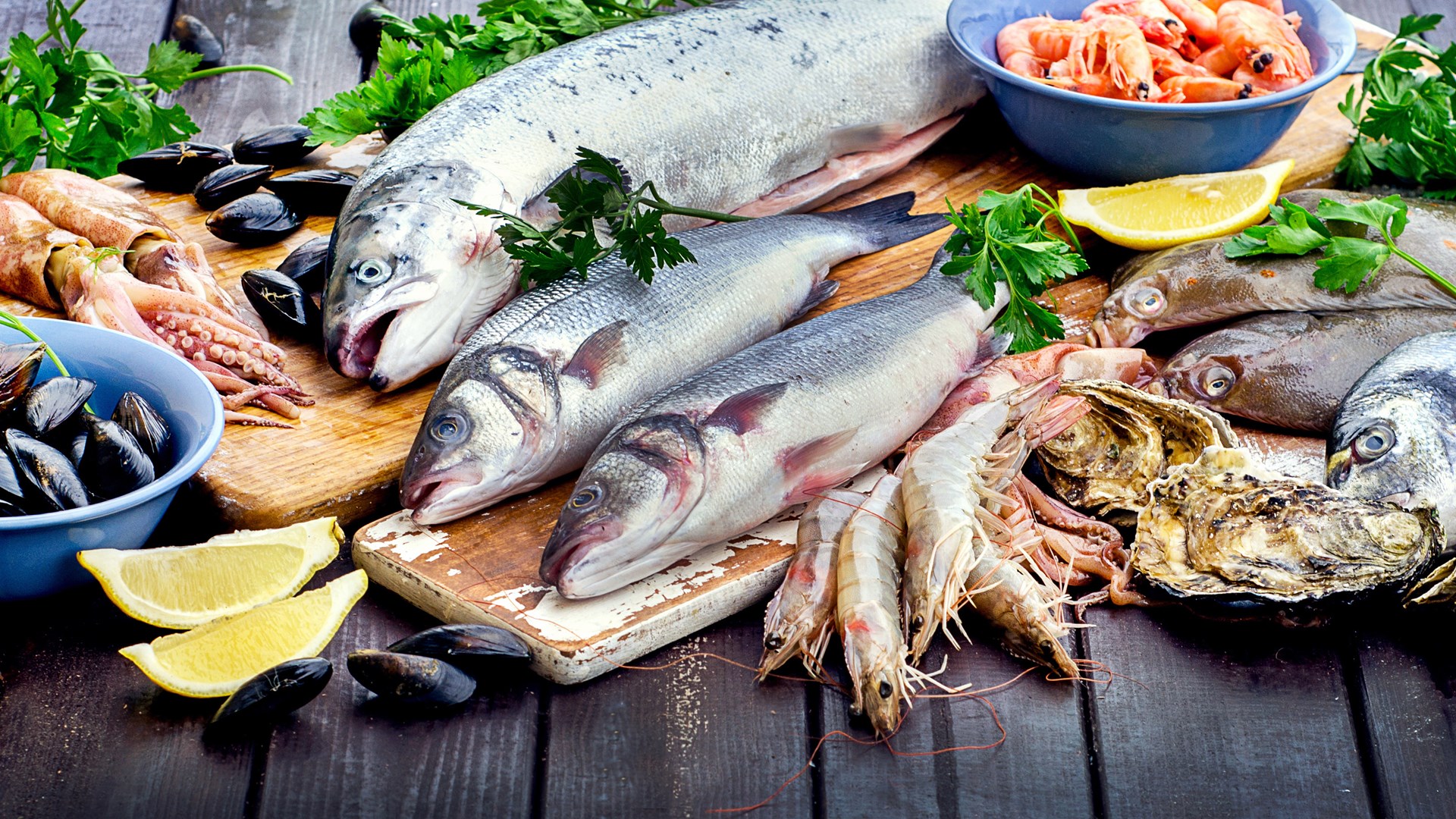
European Aquaculture
Every year, the European Union farms 1.25 million tonnes of fish and shellfish, yet 57% of aquaculture products consumed in the EU are imported and there has been little change in the industry in recent years. Many national governments in the EU are encouraging the growth of their aquaculture industries amid growing concerns about the safety of imported seafood and stagnating wild-capture fishery landings.

Sustainability
Aquaculture contributes to global food security amid the challenge of a growing population. To continue to do so sustainably, key challenges must be addressed. These include appropriate site selection, operating within the carrying capacity of the ecosystem and ensuring that water quality is maintained at a high standard. Planners and industry both play a role in ensuring the long-term sustainability of the industry in Europe.

The Toolbox
The Aquaculture Toolbox provides tools and guidance to support the planning and licensing of aquaculture in Europe. It can be used by planners to guide the sustainable development of the aquaculture industry in European nations. License applicants in the industry will benefit from modelling tools and guidance that will support their licensing application and guide them in developing their activities to operate within environmental boundaries.
